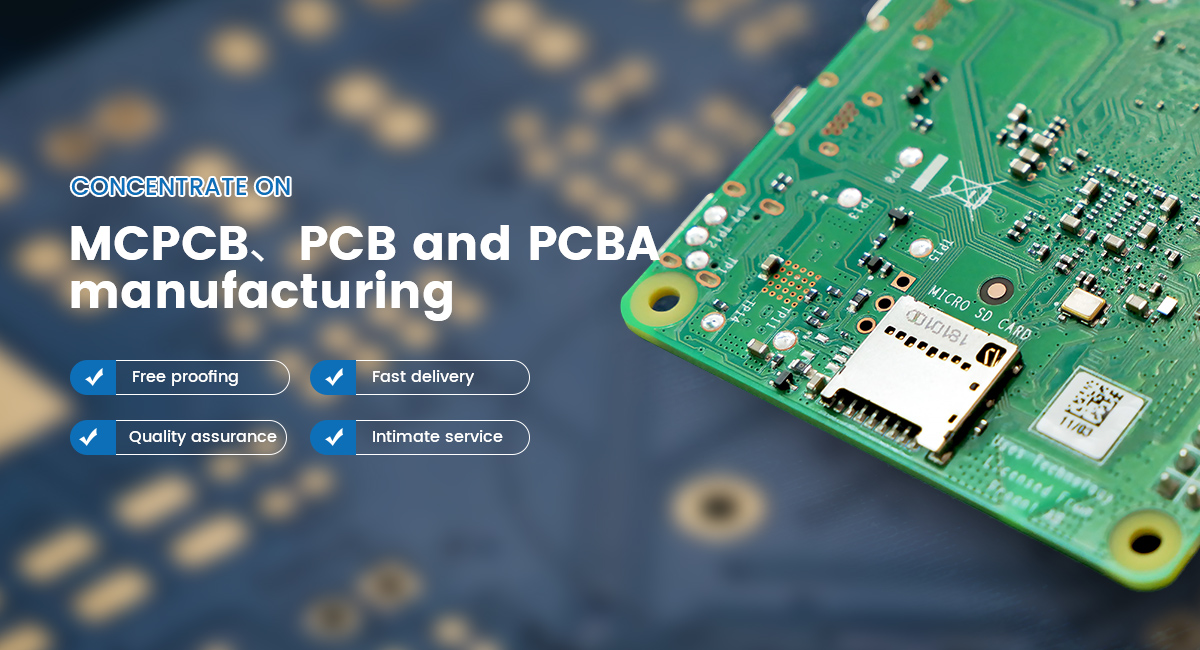Time:2022-09-05 Visit:
The PCB is important not only because it allows electrical connections between various components, but also because it carries digital and analog signals, high-frequency data transmission signals, and power lines. With the introduction of 5G technology, what new needs and requirements do PCB circuit boards need to meet? Compared to 4G, the imminent large-scale deployment of 5G networks will force designers to rethink PCB designs for mobile, IoT and telecom equipment. 5G networks will be characterized by high speed, wide bandwidth and low latency, all of which will require careful PCB design to support the new high frequency characteristics.
Compared to 4G networks, the fifth generation of mobile technology will provide 10-20 times the transfer rate (up to 1 Gbps), up to 1000 times the traffic density and 10 = times the number of connections per square kilometer. 5G networks are also designed to provide 1 millisecond latency, 10 times faster than 4G networks, and operate over a wider frequency range. PCB boards must simultaneously support data rates and frequencies far higher than today's, pushing mixed-signal designs to the limit. While 4G networks operate at frequencies below the 6 GHz threshold (from 600 MHz to 5.925 GHz), 5G networks will raise the frequency cap to the higher millimeter wave region (mmWave), with frequency bands centered on 26 GHz, 30 GHz and 77GHz.

The use of the EHF (Extremely High Frequency) frequency band is one of the most difficult challenges 5G technology presents to PCB board designers. Millimeter waves travel through line-of-sight only and experience strong attenuation along the way when encountering buildings, leaves, or inclement weather conditions such as rain or humidity. Therefore, more base stations will be required to support 5G networks. To support such a large number of frequencies, multiple phased array antennas will be required to enable advanced 5G features such as beamforming. So, whether on a mobile device or a base station, we will have a board that integrates multiple Antenna Array Units (AAUs) and makes extensive use of Massive MIMO technology.
Besides frequency, another important challenge involves the bandwidth of each channel. In the 4G network, the channel bandwidth is set to 20 MHz (limited to 200 kHz for IoT devices), while in the 5G network the values are set to 100 MHz and 400 for frequencies below and above 6 GHz MHz. While there are already modem and RF components on the market that can support these specifications, choosing the most appropriate material will be the foundation of the circuit board PCB design. Since the RF front end will be integrated directly on the PCB, materials with extremely low dielectric transmission losses and extremely high thermal conductivity are required. For frequencies above 6GHz, the materials used to manufacture PCBs must be adapted to special substrates in the millimeter-wave band.